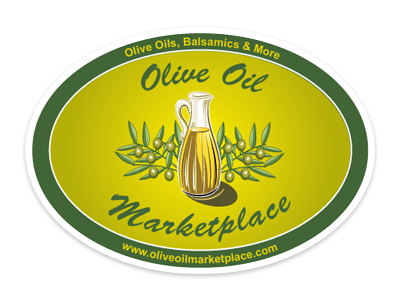Kale is being called “the new beef”, “the queen of greens” and “a nutritional powerhouse.” Here are ten great benefits of adding more kale to your diet:
- Kale is low in calorie, high in fiber and has zero fat. One cup of kale has only 36 calories, 5 grams of fiber and 0 grams of fat. It is great for aiding in digestion and elimination with its great fiber content. It’s also filled with so many nutrients, vitamins, folate and magnesium as well as those listed below.
- Kale is high in iron. Per calorie, kale has more iron than beef. Iron is essential for good health, such as the formation of hemoglobin and enzymes, transporting oxygen to various parts of the body, cell growth, proper liver function and more.
- Kale is high in Vitamin K. Eating a diet high in Vitamin K can help protect against various cancers. It is also necessary for a wide variety of bodily functions including normal bone health and the prevention of blood clotting. Also increased levels of vitamin K can help people suffering from Alzheimer’s disease.
- Kale is filled with powerful antioxidants. Antioxidants, such as carotenoids and flavonoids help protect against various cancers.
- Kale is a great anti-inflammatory food. One cup of kale is filled with 10% of the RDA of omega-3 fatty acids, which help, fight against arthritis, asthma and autoimmune disorders.
- Kale is great for cardiovascular support. Eating more kale can help lower cholesterol levels.
- Kale is high in Vitamin A.Vitamin A is great for your vision, your skin as well as helping to prevent lung and oral cavity cancers.
- Kale is high in Vitamin C. This is very helpful for your immune system, your metabolism and your hydration.
- Kale is high in calcium. Per calorie, kale has more calcium than milk, which aids in preventing bone loss, preventing osteoporosis and maintaining a healthy metabolism. Vitamin C is also helpful to maintain cartilage and joint flexibility
- Kale is a great detox food. Kale is filled with fiber and sulfur, both great for detoxifying your body and keeping your liver healthy.
Did you know?
- “Every leaf of kale your chew adds another stem to your tree of life.” Ancient Turkish Saying
- Kale was once called the ‘poor people food’ but now it’s the new trend.
- Kale plants continue to produce late into winter. It is the perfect green for seasonal eating in fall or winter.
- Kale needs a frost to become sweeter. The frost converts some of plant’s starch into sugar.
History:
- “Kale is the one of the oldest forms of cabbage, originating in the eastern Mediterranean. Kale is thought to have been used as a food crop as early as 2000 B. C.” Laurie Hodges, Ph. D. Extension Specialist
- Kale originated in Asia Minor and by the 5th century B.C., the preference was for the larger leaf that developed into the vegetable we now know as kale.
- The plant was brought to Europe around 600 B.C. by groups of Celtic wanderers. Early historic records on the Romans called it Sabelline Cabbage.
- Kale was a staple crop in the Scottish Islands because of its hardiness; the Scots grew it in kale yards. Almost every house had a kale yard and preserved kale in barrels of salt.
- English settlers brought kale to the United States in the 17th century.
- Russian kale was introduced into Canada (and then into the U.S.) by Russian traders in the 19th century.
How to Buy and Store Kale:
- Always buy organic kale; The kale should be firm with fresh, with deeply colored leaves and hardy stems.
- Kale with smaller leaves will be tenderer and have a milder flavor than larger leaves.
- Put kale in a plastic storage bag removing as much of the air from the bag as possible. Keep in the refrigerator for 5 to 7 days. The longer it is stored, the more bitter its flavor becomes. Do not wash kale before storing because the water encourages spoilage.
Cautions:
- Too much vitamin K can cause problems for anyone taking anticoagulants such as warfarin because the high level of vitamin K may interfere with the drugs. Consult your doctor before adding kale to your diet if you are on this type of medication.
Tips for eating or cooking:
- You can eat kale raw when it is young and tender – almost like lettuce.
- The kale you eat at the store will probably be mature which means it will probably be too tough and fibrous to digest easy.
- Blending mature kale will help but the easiest way is to cook it.
- Kale is so nutritious even cooked kale is loaded with vitamins and minerals.
- Many people enjoy kale chips. The health results will depend on the quality of kale and oils, plus the preparation methods.

Hello 🙂 Your blog looks good. have a nice day. the blog was absolutely fantastic!